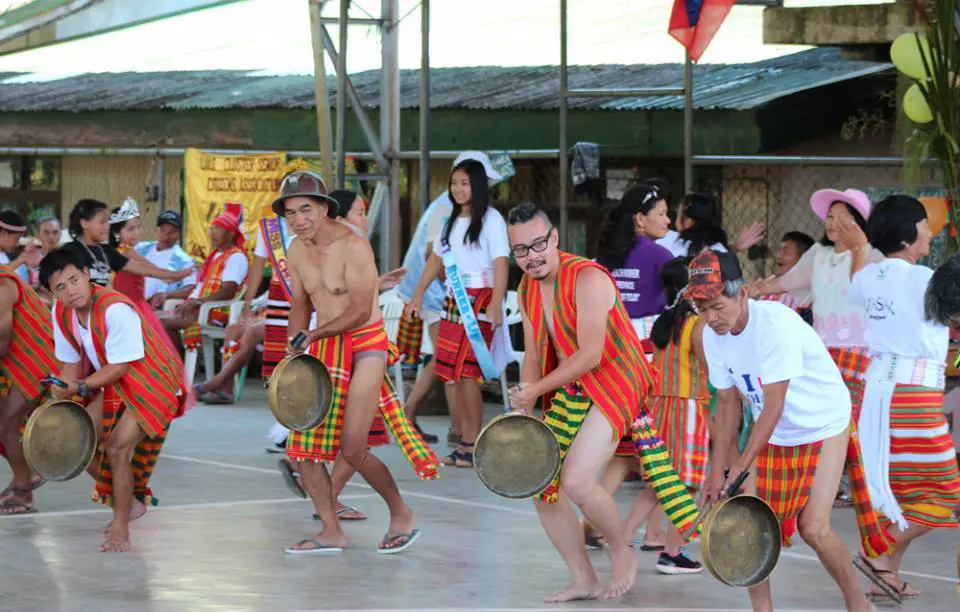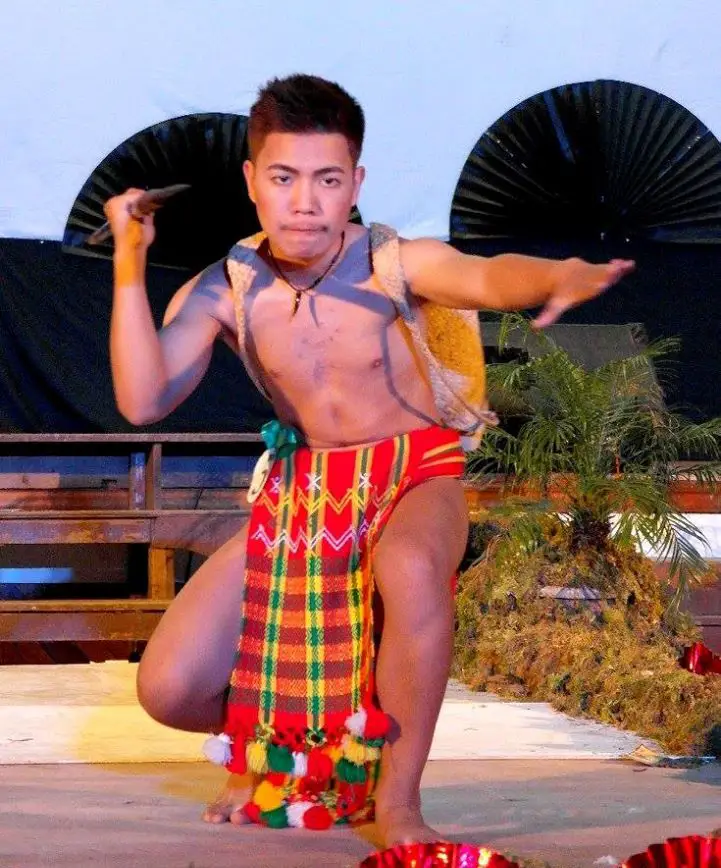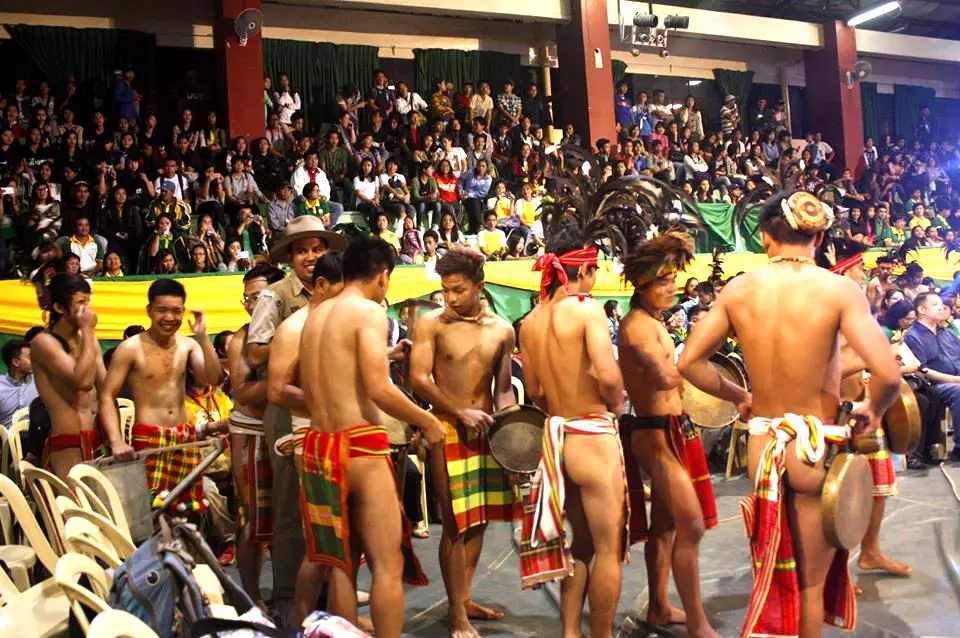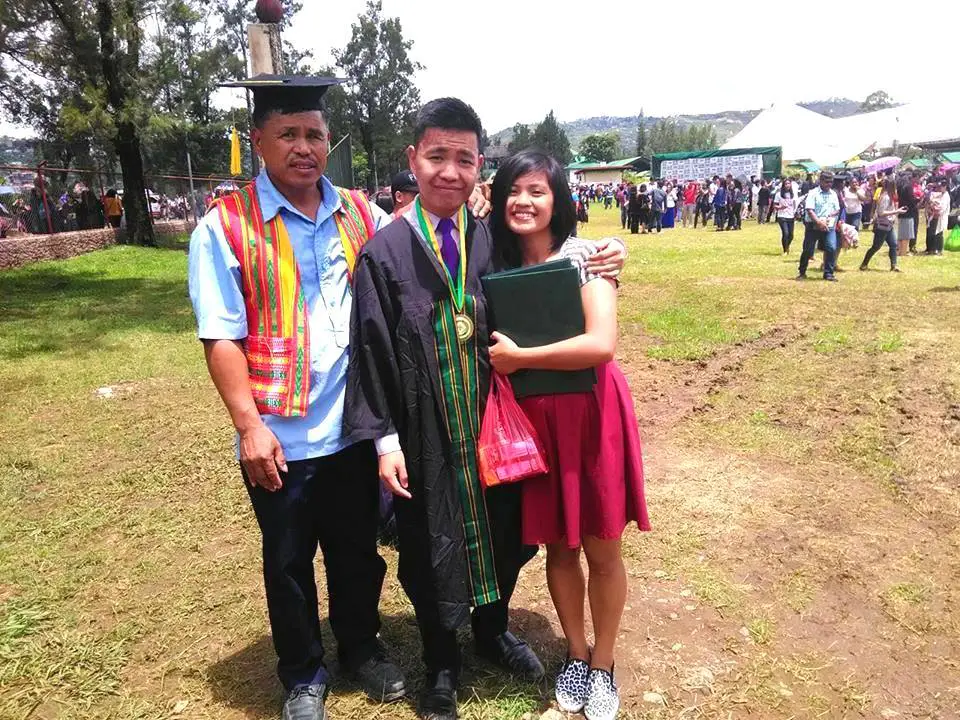Do you want to wear an Igorot Costume or attire? Before that, let’s talk about the essential things to know about Igorot Costume, whether for males, females, or kids.
I grew up in a remote Cordilleran village called Lias in Barlig, Mountain Province. Thus, I got immersed in the rich culture and traditions of my community and the neighboring provinces.
Because I wanted to help promote our rich culture, I actively participated in cultural festivals and gatherings. We would march on the streets in our native Igorot costumes, showcasing our traditional songs and dances. Those were priceless moments that solidified my desire to advocate for cultural preservation.
I love wearing our native Igorot attires until now. Oftentimes, I wear them even during formal settings. When I was working in Manila, I would proudly wear my “bahag” (g-string) while conducting or participating in activities held in hotels and schools.
A lot of curious spectators would draw near to me, maybe, because I’m handsome and dashing. Nah. Kidding aside. I bet they want to know about what I’m wearing.
I would passionately share with them what I know including the profound meanings embedded behind the exquisite patterns, symbols, and colors.
Who are the Igorots?

First, who are the Igorots?
Historically, the Spanish invaders referred to the tribes in the Cordilleran mountains as “Igorots.” It is an adopted old Tagalog word which means “people from the mountains.”
Some Cordilleran communities, however, refuse to accept the term “Igorot” because the Spaniards associated it in a negative way, referring to backward people of the mountains or savages.
Despite their 300 years of colonial rule in the Philippines, the Spaniards failed to fully penetrate the Cordilleran mountains. Thus, the Igorots remained free from foreign colonial influence until the arrival of the Americans who bribed them via formal education.
Even with American and modern influences, however, the Igorots still maintain many of their customary beliefs and practices. It’s no wonder, you’ll witness or experience cultural events whenever you visit Igorot communities, especially those in Mountain Province, Ifugao, and Kalinga.
Understanding Igorot Costume
Just like any other indigenous group, the Igorots wore leaves, fiber, or nothing at all before they learned the art of weaving.
When I was a kid, I remember my grandmother saying that when they were young, they would only wear cured barks of native trees as well as broad leaves. They would wrap these on their private parts and use banana fiber to knit them together.
But with the introduction of weaving, the Igorots slowly transitioned to woven textiles. These are now the Igorot costumes you’re seeing during cultural events such as the Panagbenga Festival, Lang-ay Festival, Fortan Festival, and many more.
The colors and designs vary from one community to another. In Barlig municipality where I’m from, for example, the costume of one village is different from another village. Usually, the ancestral origin or the neighboring communities of a village influence the design and color of the locals’ costumes.
Some Igorot communities incorporate figures of plants and animals in their woven costumes. These figures can symbolize a variety of things or simply showcase the resources found in the community.
A snake, for example, can mean bad luck. While the figure of the sun can refer to abundance or prosperity. While some tribes share similar figures in their Igorot costumes, the meanings can vary and even contradict.
Other tribes only place patterns with matching colors. It’s the colors that give meaning to these.
As Igorot costumes grow in popularity, some local organizations are coming up with modern versions reflecting traditional designs.
Igorot Costume for Male

Generally, the term used to refer to Igorot Costume for Males is Bahag or G-String. It is a long woven fabric that can be 10 to 15 inches in width and with a length of 3 to 5 feet.
The size of the bahag depends on the person using it. So if you want a bahag, you can always request the weaver to weave one that is fit for your waist and your height.
The primary purpose of the bahag is to cover the male’s private parts. After covering the male organs, it is then wrapped around the waist to prevent it from falling off.
That is why it does not easily lose when an Igorot male joins traditional dances or performs with the gongs.
Traditionally, the Igorot males don’t have any upper attires. For some tribes in Kalinga and Bontoc, tattoos are evident. The more tattoo a male Igorot has, the greater his authority in the village is.
In the olden days, an Igorot having many tattoos signified that he killed more tribal adversaries using his spear or bolo.
How to Wear Igorot Costume for Males?

Until now, it’s been a struggle for me to wear my Costume but I can do it. It just does not take as fast as other fellows.
Now, here is how you wear the costume.
First, place the bahag in between your legs to cover the private parts. Use your legs to grip tight on the bahag as you wrap it around your waist. Usually, you wrap it in 2 circles, depending on the size. After the last circle, lock it on your waist or at your back.
It’s a bit challenging when you’re just starting but just go on practicing. You’ll eventually learn how to properly wrap and tie your costume.
Tag: Igorot Costume Male
Igorot Costume for Female
In contrast, the Igorot Costume for females features large rectangular woven clothing that measures 3-4 feet long and 3-5 feet wide. Generally, it is called “tapis.” It is simply wrapped around the waist. Often, a threat is used to secure it from falling off.
In the past, Igorot women wear no upper garments. Surprisingly, there were no incidents of malice or sexual abuse. In fact, the Igorot males highly regarded women with respect.
It’s only now that women have to wear upper clothing as a result of modern pressures.
Igorot women, particularly those in Kalinga, also wear colorful beads, some of which date back to Spanish times. Many beads or traditional necklaces manifest the early trade between the Chinese and the Igorots long before the Spaniards conquered the Philippines.
Tag: Igorot Costume Female
Igorot Costume for Kids
Male Igorot kids also wear a smaller version of the bahag as their costume. That also applies to female Igorot kids who wear a smaller tapis version. You’ll find a variety of modernized versions of online stores and local shops in Baguio and other Cordilleran towns.
Tag: Igorot Costume for Kids
Personal Musings
As an Igorot, it’s but a pride wearing our Igorot costumes. Not only do we showcase the creativity of our people but also promote the richness and the authenticity of our culture. This culture passed down from generation to generation, reflects how thriving and well-off the Igorots are despite the changing times.
I am just so glad to have been born and raised in the grand Cordilleran mountain range, the rooftop of the Philippines.
Extra Photos:



Help Us Improve this Post!
This article is a work in progress. If you are an Igorot like me, feel free to share your thoughts and recommendations on the comment section below.
By the way, if you’re looking for Igorot Costumes for sale, you can check out different online platforms such as Shopee. If not, proceed to local stalls in Baguio City and other Cordilleran towns and cities. In that way, you can have a deeper understanding on the embedded meanings.

Wanes is not what you call the wrap around skirt it is called TAPIS because Wanes is the bahag.
Isn’t bahag more of a loincloth rather than a “g-string” in translation? Coz you’re still covered in the front and back whereas a gstring is basically a pair of undies that ride up or barely cover your butt crack…
it’s good but focus more in the importance of wearing a “bahag”. We can use this in our research. Thank you!!!!
Thank you so much. This helps a lot for my assignment.
Isn’t it better to use “attire” in preferring to the ethnic clothes instead of “costume”? The usage of “costume” is kind of disrespecting. Just saying.✌️